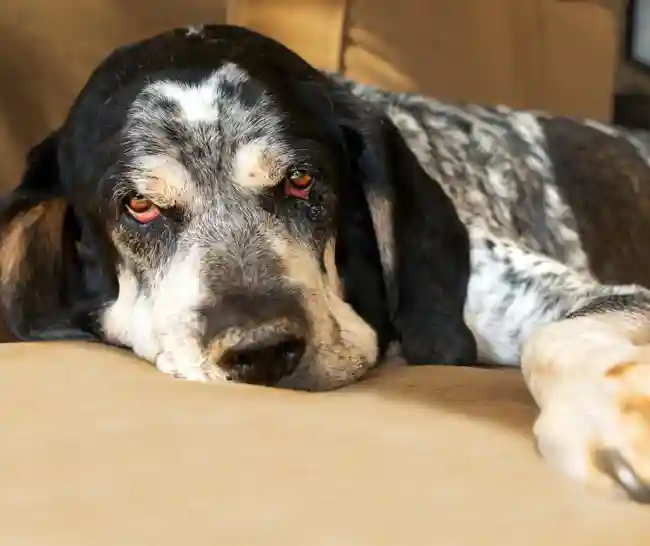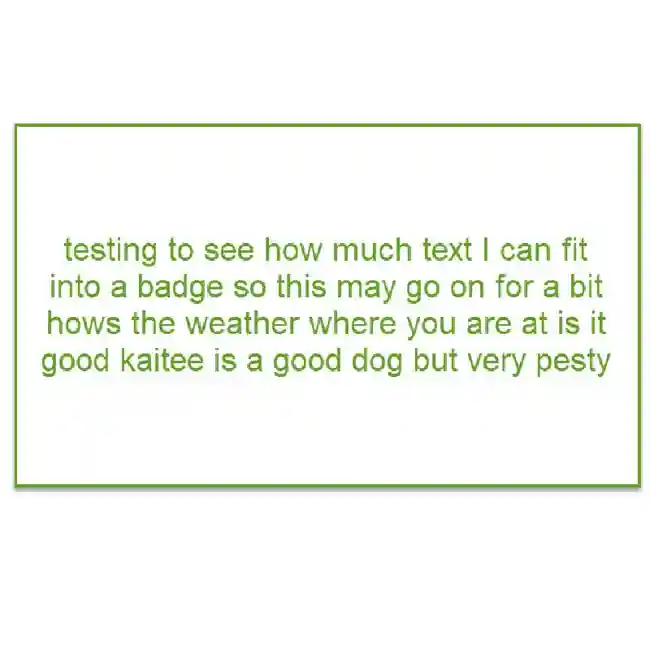Bluetick Coonhound

The sleekly beautiful Bluetick Coonhound is a sweet and affectionate charmer who might enjoy snoozing in the shade, but in pursuit of quarry he is relentless, bold, and single-minded. His off-the-charts prey drive must be channeled.

Ask About Bluetick Coonhound ?
Breed Traits
Pet traits are ranked on a scale of 1 to 10 with 1 being the lowest and 10 being the highest.
General Appearance
The Bluetick should have the appearance of a speedy and well-muscledhound. He never appears clumsy or overly chunky in build. He has a neat, compact body, a glossy coat and clear, keen eyes. In motion, he carries his head and tail well up.
Size, Proportion, Substance
Head
Neck, Topline, Body
Forequarters
Hindquarters
Coat
Color
Gait
Temperament
Disqualifications
Group
Hound
About
History
Standard
Nutrition
Grooming
Exercise
Training
Health
Available Puppies
All pets have found there homes! Sign up to be notified when new pets are added so you don't miss out.


